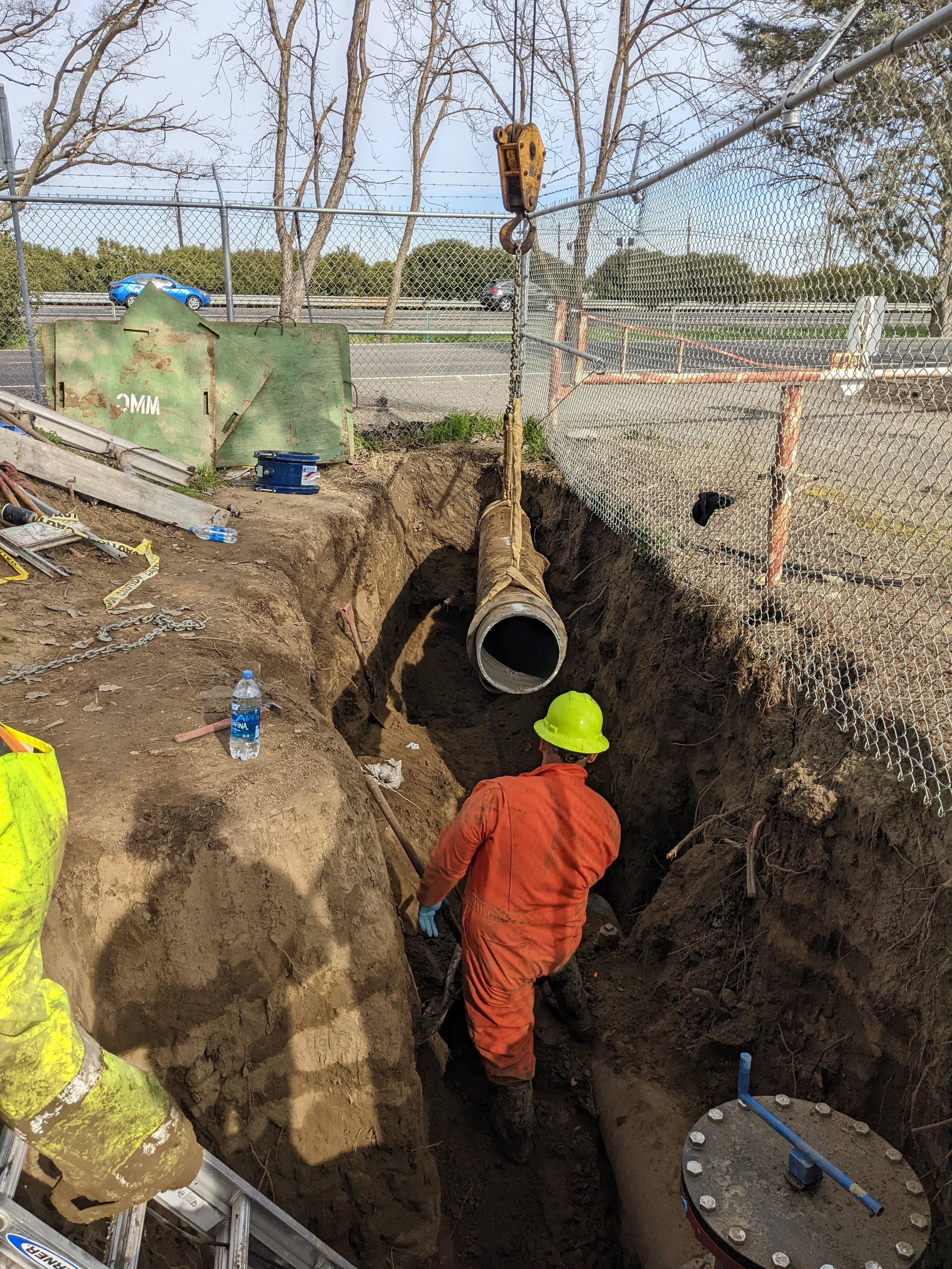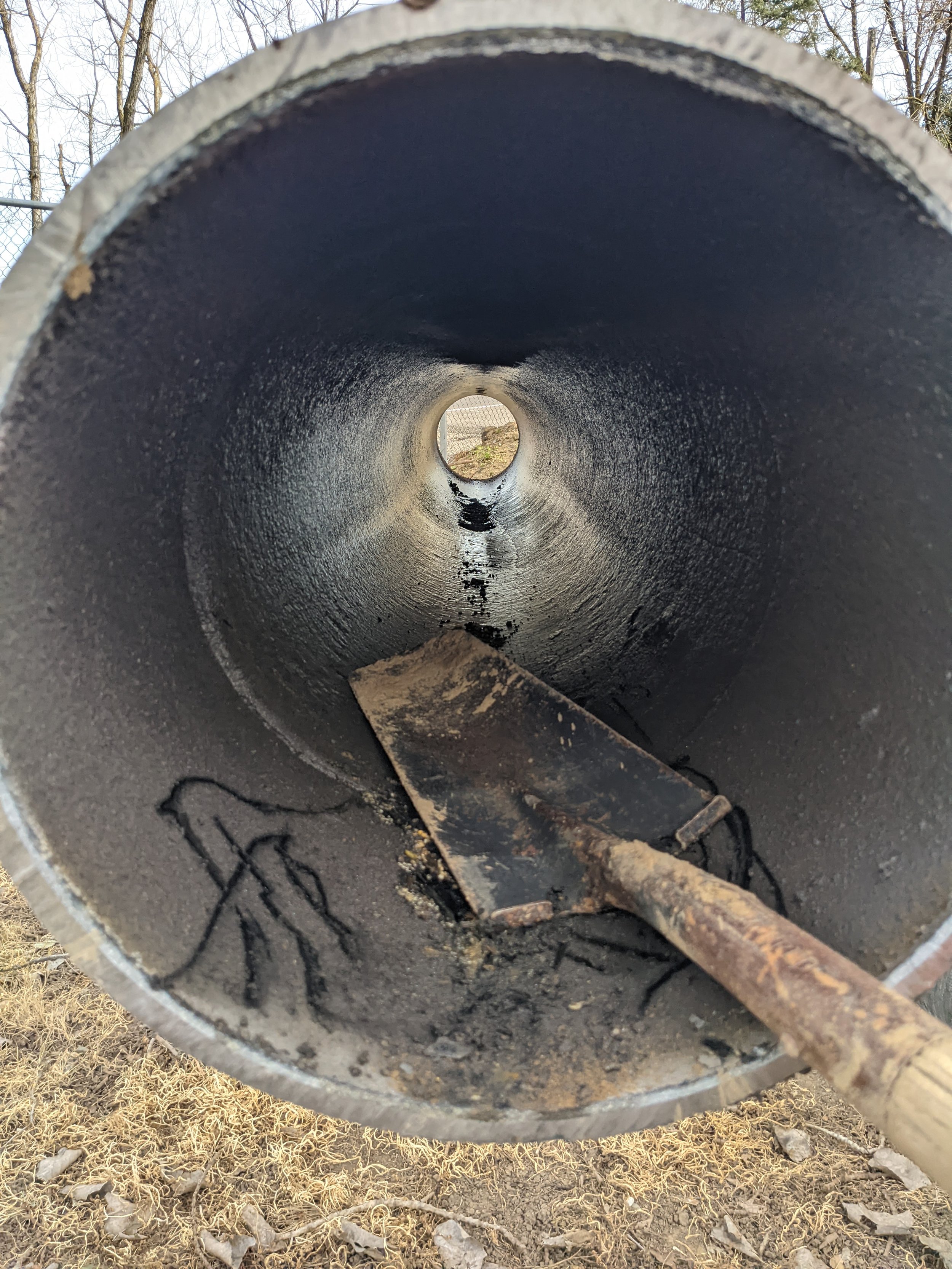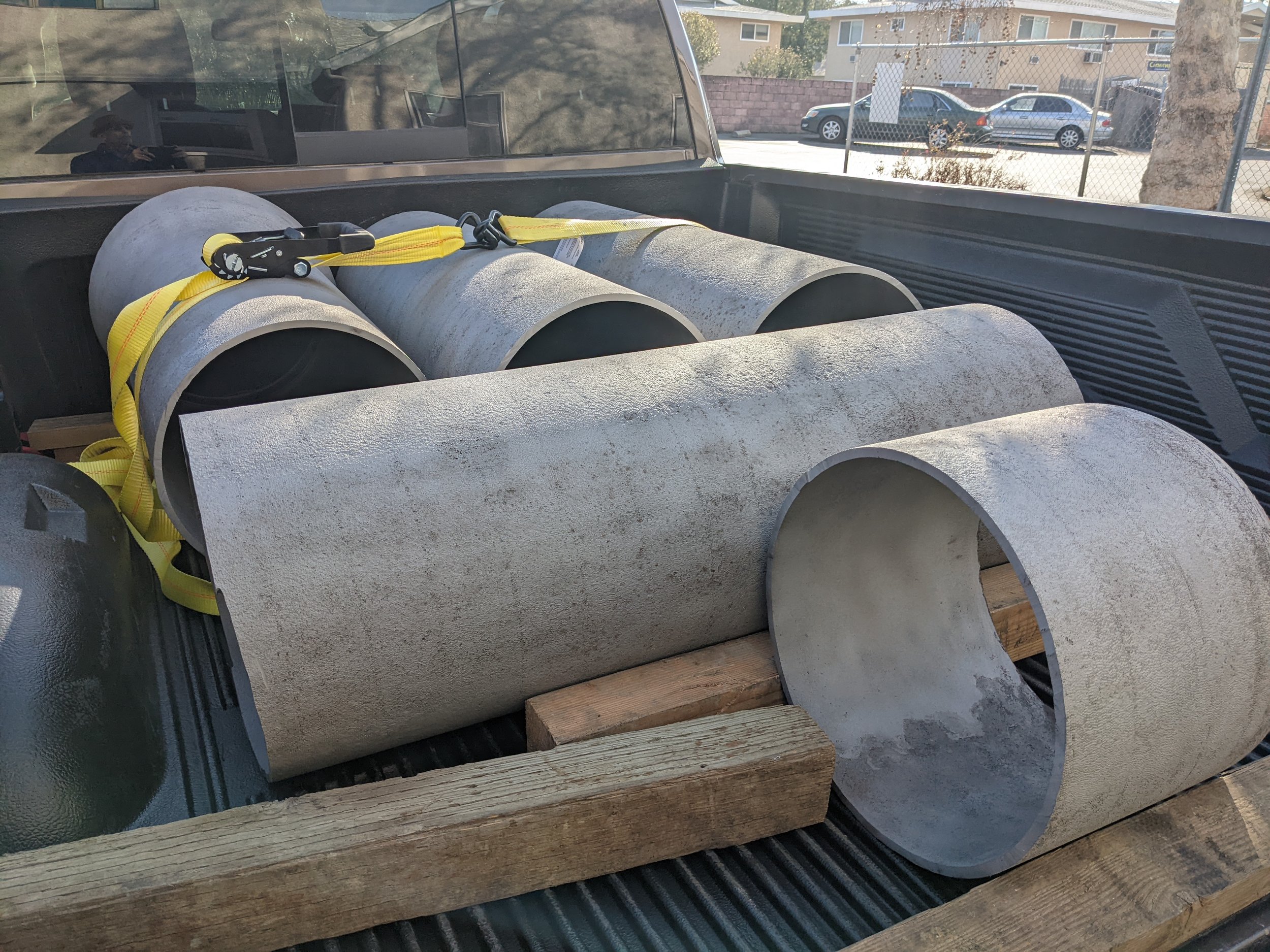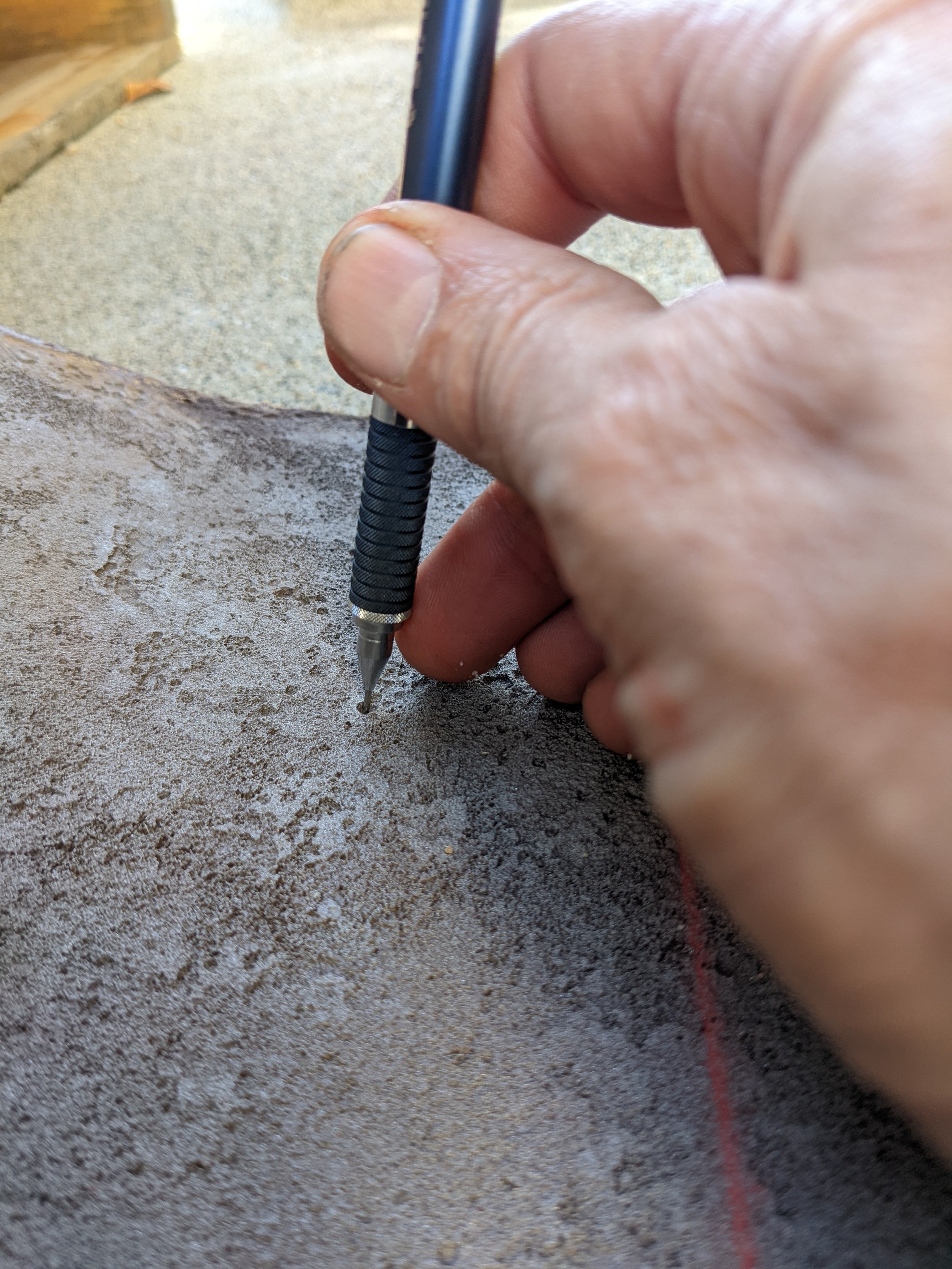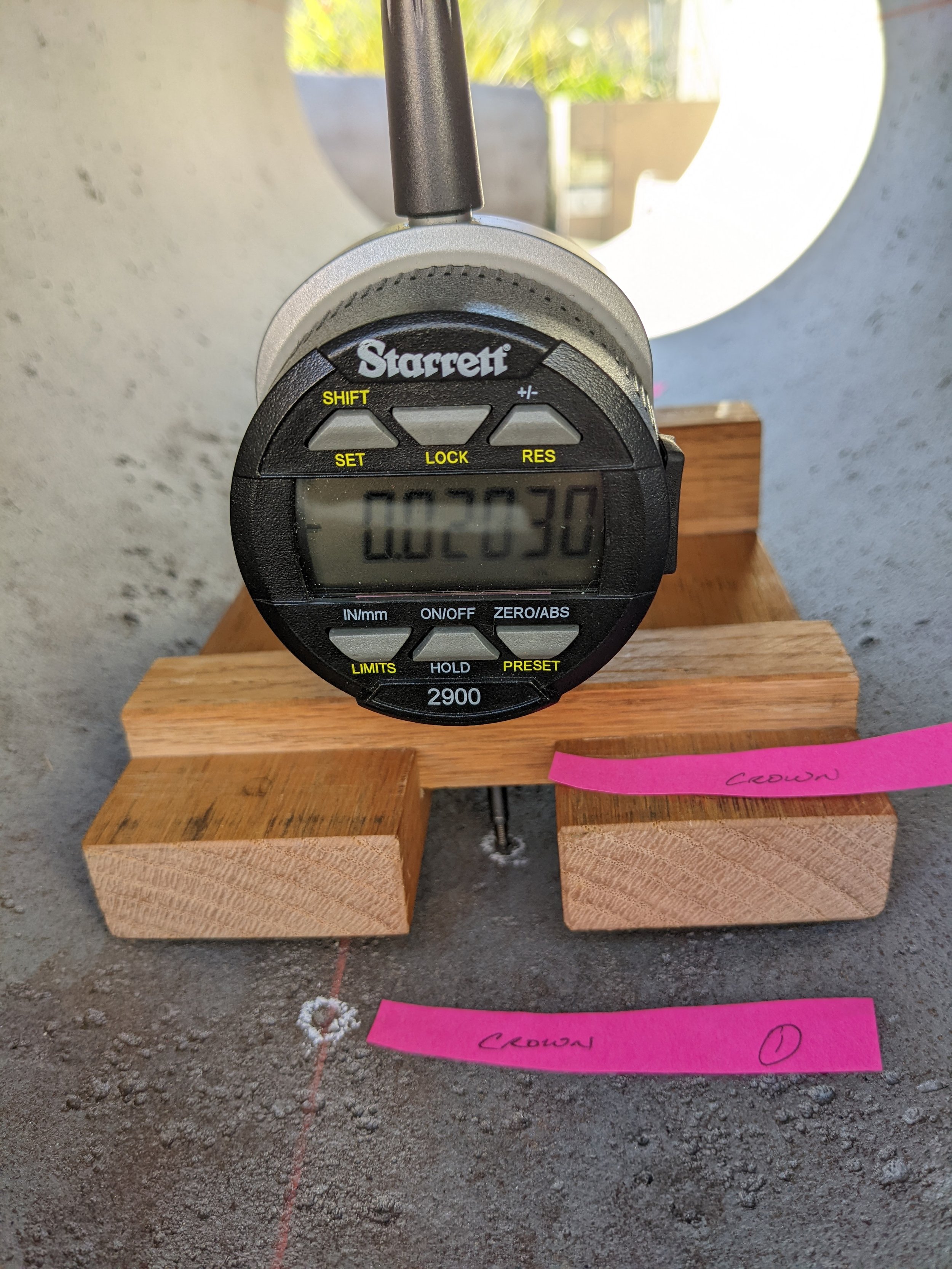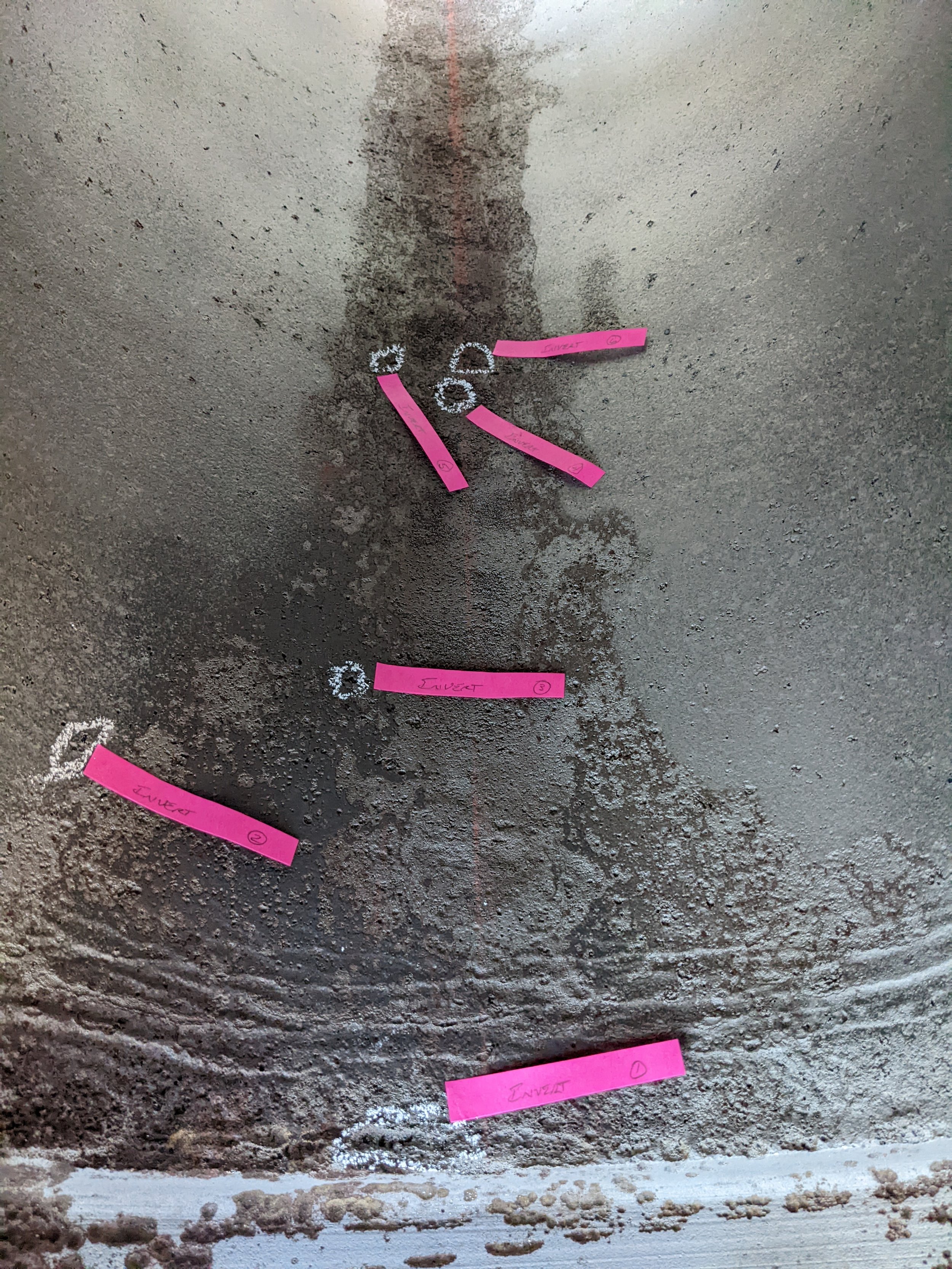Condition assessment - a process of evaluating the condition and remaining service life available to a facility - can reveal a problem before it becomes a failure (or for critical facilities, an emergency). When utility staff can’t access or see the facility, condition assessment is particularly difficult, and it’s often left out of water and wastewater system operation and maintenance projects. Consequently, underground pressure pipe deterioration represents the biggest liability headache for water and wastewater agencies and the companies insuring them.
Force mains are expensive to construct, critical to collection system and treatment operations, tend to include materials and equipment not found anywhere else in collection systems, and tend to fail spectacularly. It’s one of the reasons insurance pools are keen to improve their agency clients’ work with these facilities: their failures can be disastrous for an agency’s priorities and for the community they serve.
Water mains often serve to failure, and failures on high-consequence water mains tend to capture headlines. Do you remember the last water main that excavated an intersection in a few minutes, flooded nearby businesses, and wiped out service for adjacent utilities? Who doesn’t? It’s hard to forget.
What to do?
Ewers Engineering implements a risk-based, systematic, and vendor-agnostic approach to condition assessment to minimize its impact on agency resources while getting the information needed to move to action. We set up programs, address specific projects, and work as staff extension to
Extend pipeline longevity by minimizing lifespan-shortening factors like hydrogen sulfide entrapment, transient pressure events, and out-of-range velocity and pressure operations
Build staff understanding and preparedness with Computerized Maintenance Management System (CMMS) integration and work planning
Prioritize improvements to best serve the agency's customers by addressing the highest-risk elements first
Demonstrate management excellence to bolster public support and reassure regulators by complying with current Waste Discharge Requirements (WDRs)
Improve system design with better equipment and supplier interfaces (particularly for air vacuum valves) and hydraulics-based system troubleshooting
Integrate O&M with engineering by working both sides of the house into projects and showing how each impacts the other, requiring coordination
For those pipelines that cannot run to failure, we provide a process that is custom-fit to your pipelines and operations. Contact us to discuss your agency’s process and how we can help you achieve your objectives.
